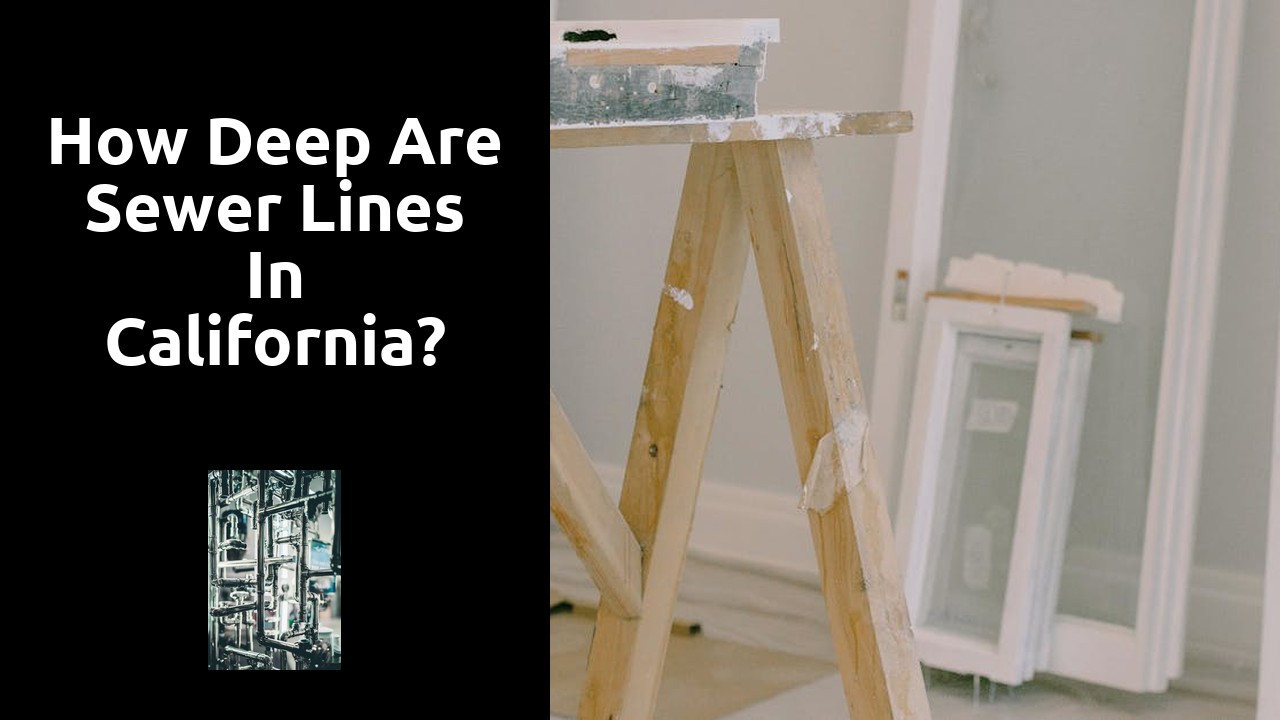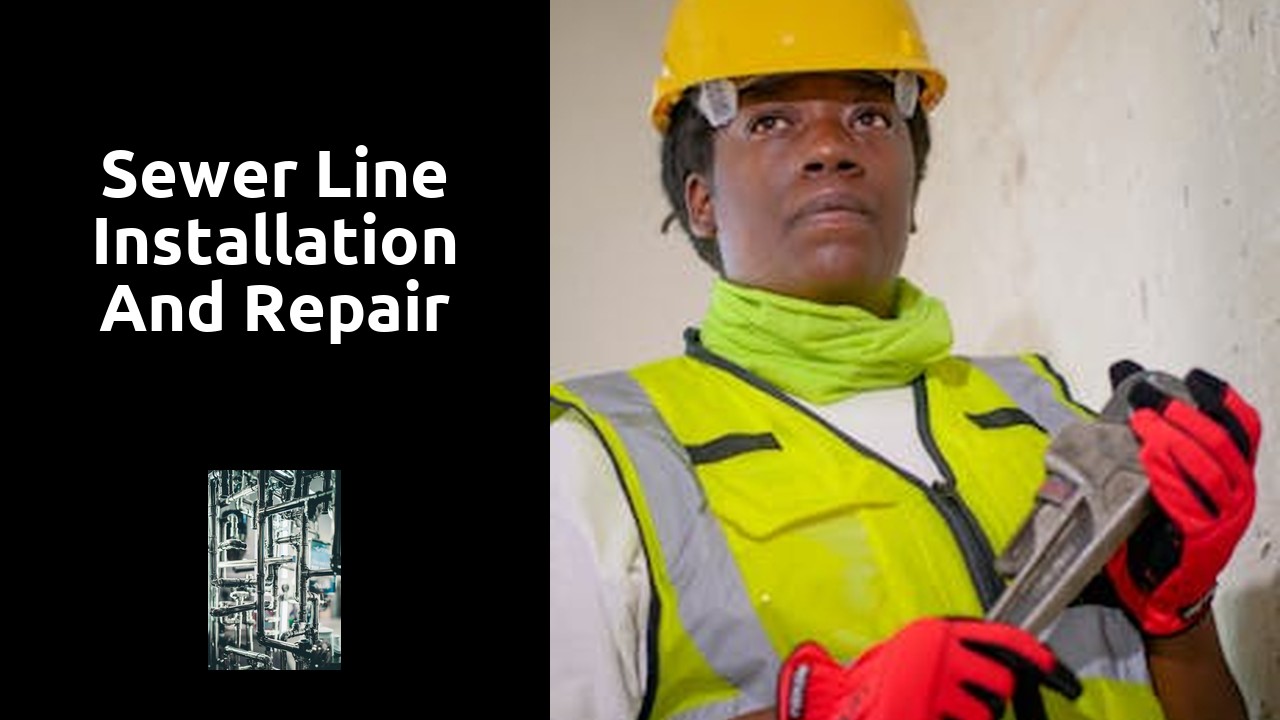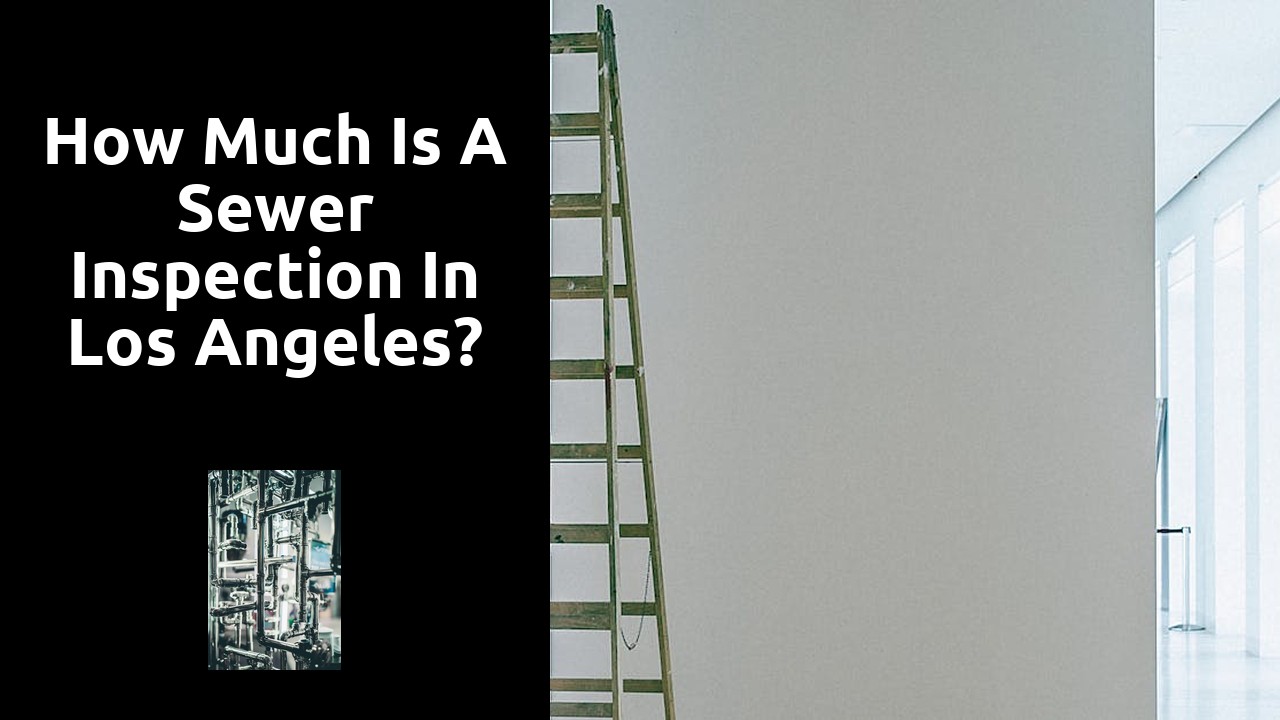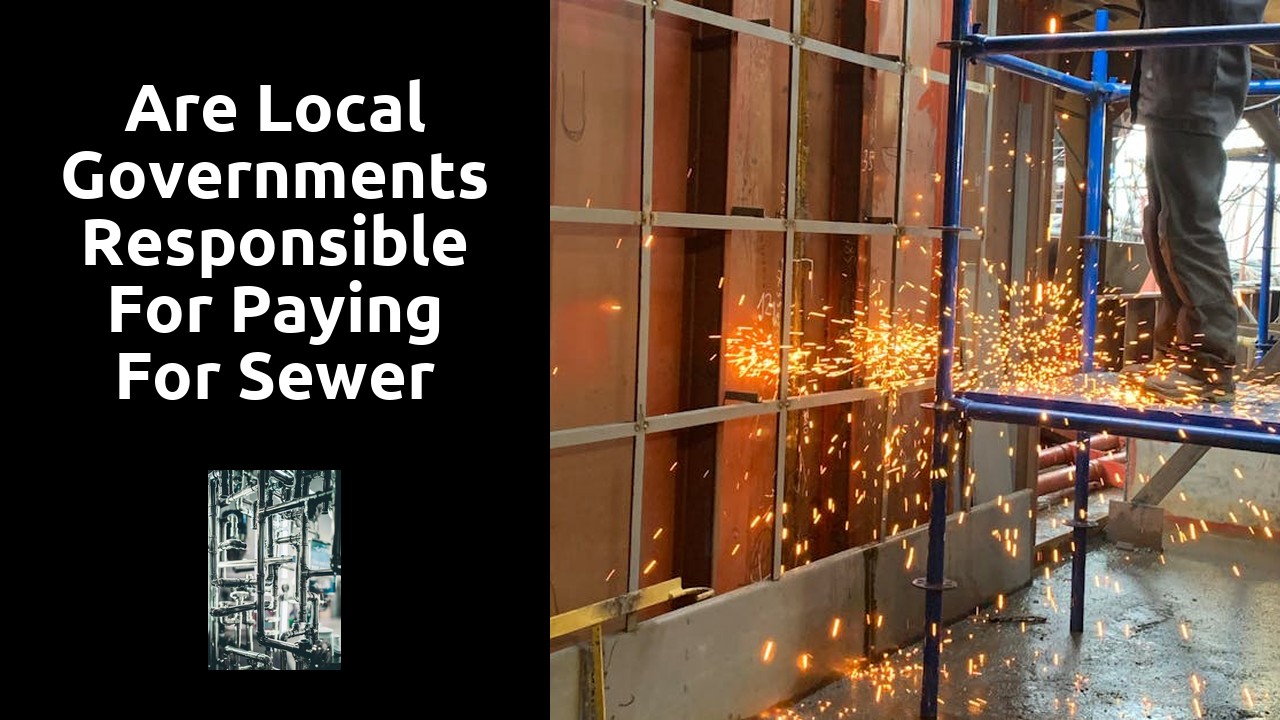
Retrofitting and Repair Depths
When considering sewer line installation and repair near me in California, it is crucial to understand the depths required for retrofitting and repair work. The retrofitting and repair depths vary based on the specific circumstances of each sewer line system. Factors such as soil conditions, existing infrastructure, and local regulations all play a role in determining the appropriate depth for these activities. It is essential to work with experienced professionals who are knowledgeable about the specific requirements in California to ensure that the retrofitting and repair work is done effectively and in compliance with all relevant regulations.
Innovations in sewer line technology are also shaping the depths required for retrofitting and repair work in California. New materials and construction techniques are being developed to improve the durability and longevity of sewer lines, reducing the need for frequent repairs and replacements. By staying abreast of these advancements, homeowners and municipalities can make informed decisions about sewer line installation and repair near me, ultimately saving time and money in the long run.
Depths Required for Sewer Line Retrofitting and Repair in California
When considering sewer line retrofitting and repair in California, it is essential to understand the depths required for these processes. Proper installation and repair depths are crucial for ensuring the longevity and efficiency of the sewer system. Particularly in dense urban areas, the depths at which sewer lines are installed or repaired can significantly impact the overall functionality of the system. Homeowners and commercial property owners alike should be aware of the depth requirements when undertaking sewer line installation and repair near me to avoid potential issues in the future.
Given the unique geological and environmental factors in California, the depths required for sewer line retrofitting and repair vary across the state. Factors such as soil composition, water table levels, and seismic activity all play a role in determining the appropriate depth for sewer lines. As such, it is important for individuals seeking sewer line installation and repair near me to consult with experienced professionals who are familiar with local regulations and best practices. By adhering to these depth requirements, property owners can mitigate potential risks and ensure the optimal performance of their sewer systems.
Future Trends in Sewer Line Depth
With the continuous evolution of technology and urban development, future trends in sewer line depth are expected to focus on efficiency and sustainability. Innovations in materials and construction techniques are likely to shape the depth at which sewer lines are installed and repaired in California. These advancements are aimed at optimizing the performance of sewer systems while minimizing environmental impact and disruption to communities. Sewer line installation and repair near me may soon benefit from these cutting-edge trends as they become more widely adopted across the state.
Moreover, as environmental regulations become more stringent and water conservation gains importance, the future trend in sewer line depth is likely to prioritize the preservation of natural resources. Innovations such as green infrastructure and water reuse systems may influence the depth requirements for sewer lines in California, promoting a more sustainable approach to wastewater management. Thus, sewer line installation and repair near me could soon reflect these eco-conscious trends, providing a greener and more efficient solution to sewer system maintenance.
Innovations Shaping the Depth of Sewer Lines in California
In California, innovations in sewer line construction are evolving to meet the growing demands of urban infrastructure. Advancements in trenchless technology have revolutionized the way sewer lines are installed and repaired, impacting depths and accessibility. These innovations focus on minimizing disruptions to the surrounding environment, making sewer line installation and repair near me less intrusive and more efficient. Additionally, the use of advanced materials and techniques allows for deeper sewer lines without compromising structural integrity. By incorporating these innovations, California is shaping the future of sewer line depths to accommodate the state's changing landscape and infrastructure needs.
Cost Implications of Sewer Line Depth
Sewer line installation and repair near me can vary significantly in cost depending on the depth at which the lines are installed. Deeper sewer lines generally require more extensive digging and labor, resulting in higher installation and repair costs. In addition, deeper sewer lines may involve more complex engineering solutions and equipment, further adding to the overall expenses incurred by homeowners and municipalities alike.
Furthermore, the cost implications of sewer line depth also extend to maintenance and repair activities. Deeper sewer lines can be more challenging and costly to access for routine maintenance and repair work. Therefore, considering the long-term expenses associated with maintaining and repairing sewer lines at varying depths is crucial for homeowners and local authorities alike when making decisions about sewer line installation and repair near me.
Economic Factors Associated with Varying Depths of Sewer Lines
Economic factors play a significant role in determining the depth at which sewer lines are installed and repaired in California. The cost implications associated with varying depths are influenced by several key aspects. Firstly, the geographical location of the site, soil composition, and the presence of other utilities can impact the overall expenses involved in sewer line installation and repair near me. Additionally, the depth of excavation required can result in increased labor costs, equipment usage, and potential disruptions to surface infrastructure, all of which contribute to the economic considerations associated with sewer line depth.
Moreover, the lifespan of sewer lines and their resilience to environmental factors like seismic activity and soil erosion are crucial economic determinants when deciding on the appropriate depth for installation and repair. Investing in deeper sewer lines that are more resistant to external influences may entail higher upfront costs but could lead to long-term savings by reducing the frequency of repairs and maintenance. Therefore, understanding the economic factors linked to varying depths of sewer lines is essential for stakeholders involved in infrastructure development and Sewer line installation and repair near me.
FAQS
How deep are sewer lines typically buried in California?
Sewer lines in California are typically buried at a depth ranging from 2 to 12 feet underground, depending on various factors such as soil type, local regulations, and infrastructure layout.
What is the minimum depth required for sewer line retrofitting and repairs in California?
The minimum depth required for sewer line retrofitting and repairs in California is typically around 6 to 8 feet to allow for proper access and maintenance of the sewer lines.
Are there any future trends influencing the depth of sewer lines in California?
Yes, there are ongoing innovations shaping the depth of sewer lines in California, such as trenchless technologies and advanced materials, which are allowing for shallower installations and reducing excavation depths.
How do varying depths of sewer lines affect the overall costs associated with sewer system maintenance?
The depth of sewer lines in California can impact the overall costs associated with maintenance and repairs, with deeper installations generally requiring more time and resources for access and upkeep.
Are there any economic factors influencing the decision on the depth of sewer lines in California?
Yes, economic factors such as construction costs, land availability, and environmental considerations play a significant role in determining the depth of sewer lines in California, as deeper installations may incur higher initial and long-term costs.


